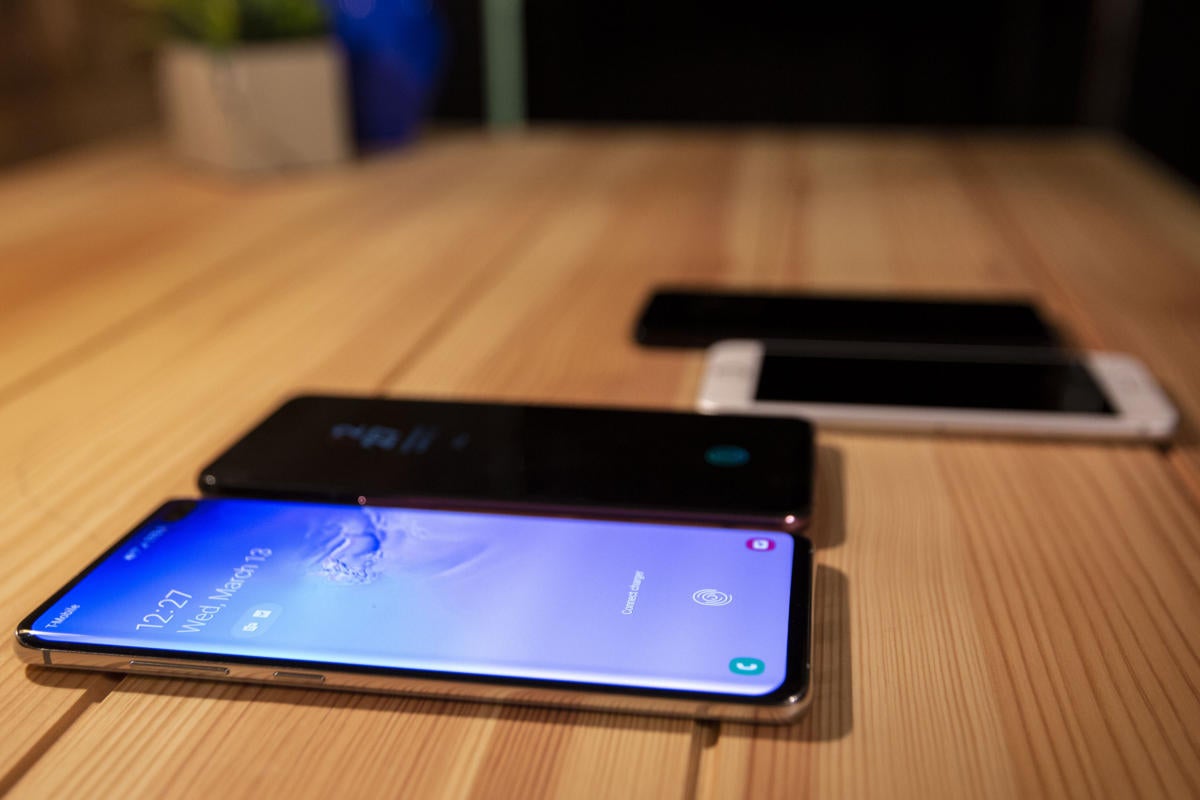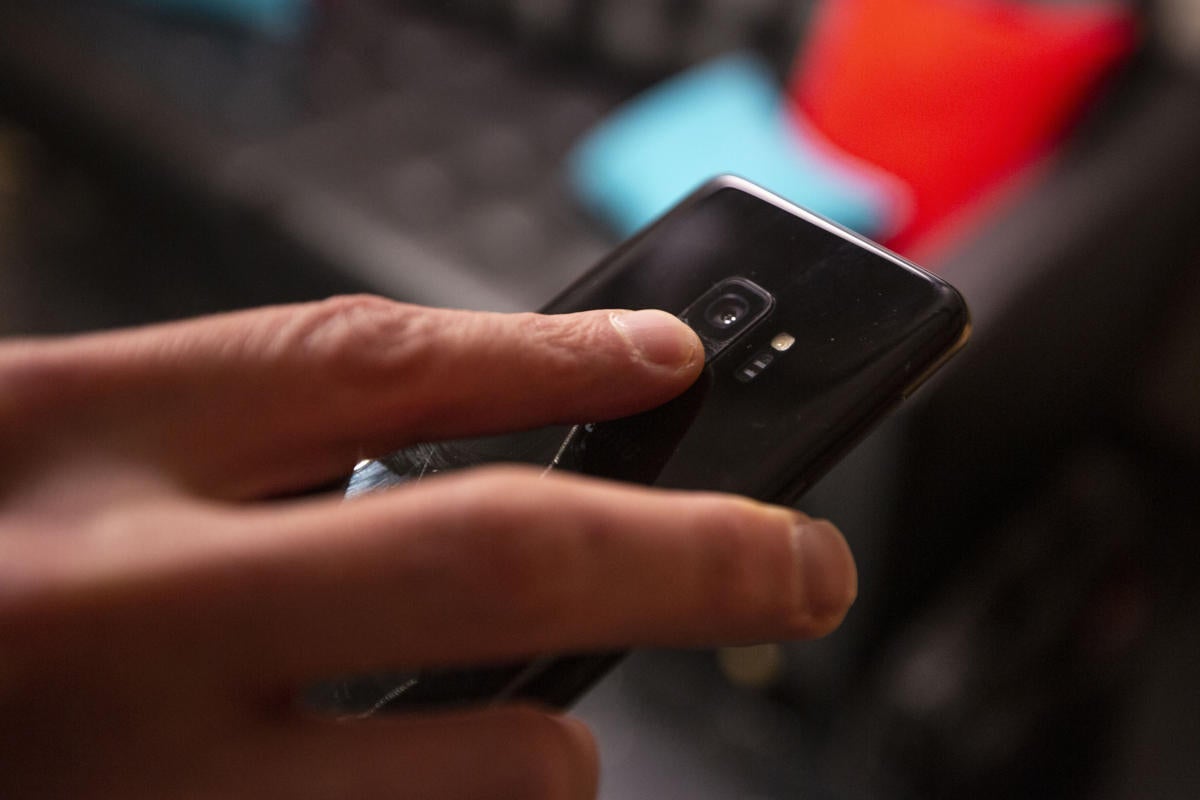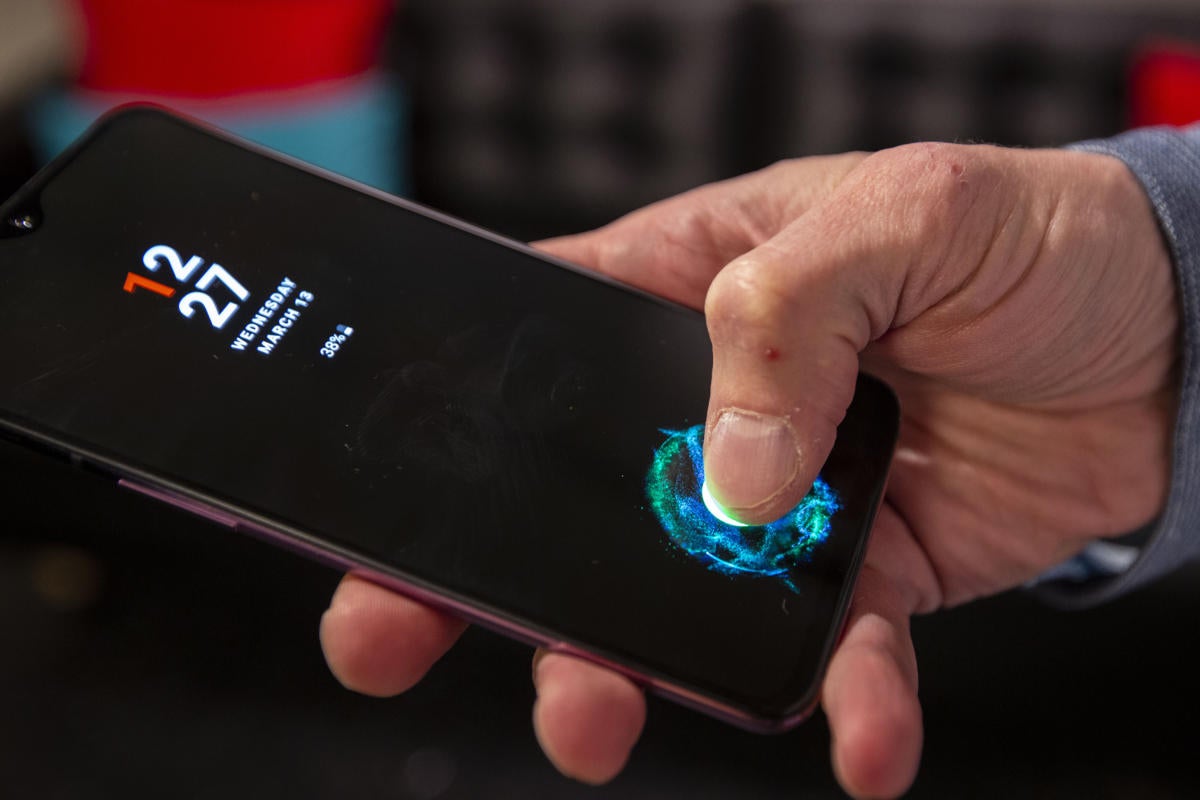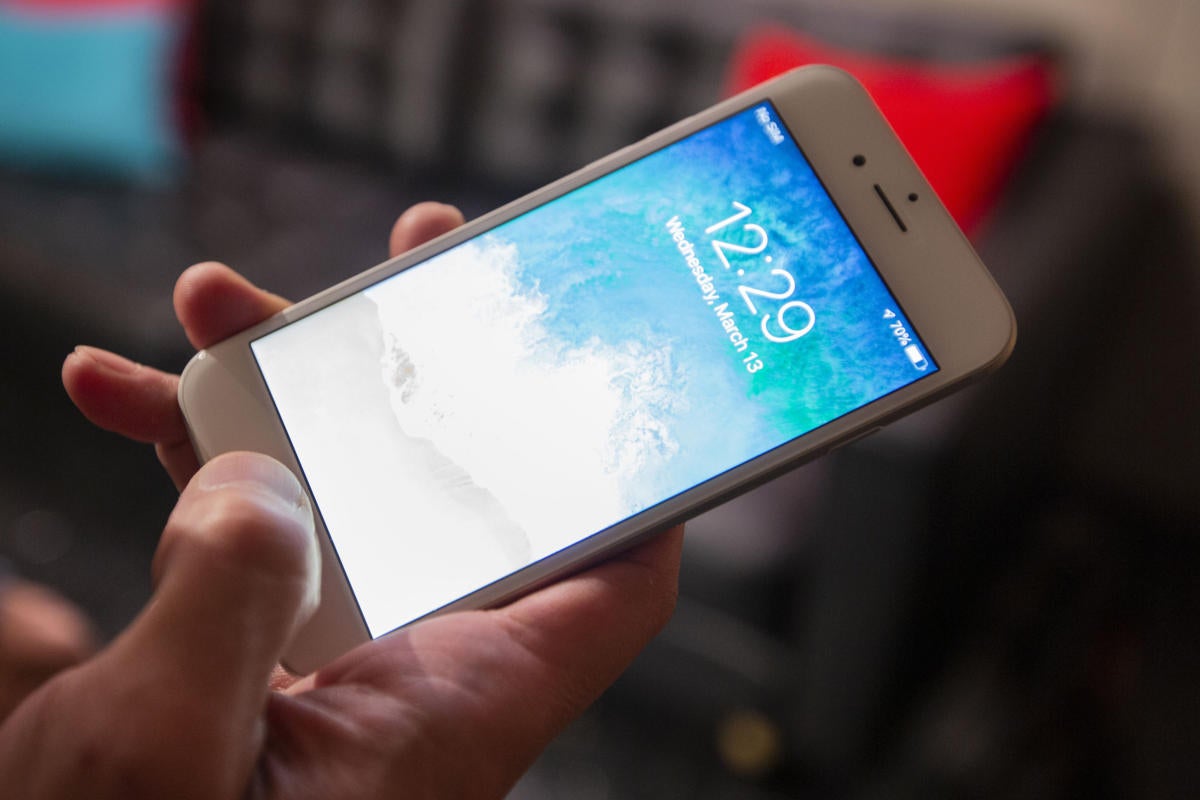Fingerprint scanner face-off: Samsung Galaxy S10+ vs OnePlus 6T vs Galaxy S9 vs Apple’s iPhone - billingsdairriortand
Facial scanners and time-of-flight cameras may glucinium the way of the future, but until we get there, fingermark scanners are still the about popular way to lock down our personal data. And like fingerprints themselves, altogether scanners are not created equal. So we frame them to the test in a variety of best-selling phones!
The phones
Galaxy S10+
Samsung's newest French telephone dispenses of the somatic scanner on the back of the earphone for a far more cutting-edge one. Inside the Galaxy S10+'s display you'll get hold an inaudible fingermark sensor that uses sound to read the ridges in your fingerprint.
OnePlus 6T
The OnePlus 6T also has an in-display fingermark scanner, but IT uses Qualcomm's optical sensor. That means it uses a brief ruptured of illuminating to straighten out your fingermark and allow the electronic scanner to say information technology.
Galaxy S9
Up until the Galaxy S10+, Samsung victimized a material fingermark scanner just like every different Android phone. On the Galaxy S9 it's positioned a little higher than it is on other Android phones, but information technology's direction better than it was along the Galaxy S8, when information technology was to the right of the optical lens.
iPhone 6s
Apple was nonpareil of the first phone makers to bring a fingerprint scanner to a phone in Refer ID, and from the iPhone 5s to the iPhone 8 it remained inside the home plate button below the screen. The iPhone 6s is a three-year old headphone, only IT uses the like second-gen scanner as the last iPhone to feature a fingermark scanner, the iPhone 8. The single difference is that the button on the iPhone 6s is the older matchless that clicks, rather than the solid-state one on the iPhone 7 and 8.
 Christopher Hebert/IDG
Christopher Hebert/IDG I used the Galaxy S10+, OnePlus 6T, iPhone 6s, and Galaxy S9 for this test.
The tests
Zip
The first-class honours degree test I ran was a axenic bucket along test: To see how fast I could unlock each phone 10 times. To keep it uniform, I used two hands: One to unlock and the other to change state the screen off and on. My dominant hand was positioned over the various sensor to reduce fumbling, and I used three step for all phone:
- Press the office release to turn the screen connected.
- Unlock the phone with my fingerprint.
- Press the power button to turn the screen off.
And I repeated that 10 multiplication for for each one phone. I ran the examine a couple of times to get an average and scored the best multiplication. I restarted the test when there was a incomprehensible run down, but I Army of the Pure the inaugural animation finish ahead I turned the separate off.
 Christopher Hebert/IDG
Christopher Hebert/IDG The Galaxy S9 uses a standard detector, merely its arrangement isn't the best.
Conditions
The close test was a young fewer methodical. Basically, I welcome to run across how the sensors would act in three relatively common conditions: water, soap, and junk (in this case, powdered pelf). Information technology didn't time the tests, but I tracked how many times to each one phone was able to unlock when my finger's breadth was wet, soapy, and powdery. To carry the test, I filled three cups filled with water, soapy water, and pulverised wampu, and I dipped my scanning feel in all of them, tried to unlock to each one phone a number of multiplication, and then perennial.
Accuracy
The least scientific but more important test I ran was accuracy. I hot to see how quickly I could take from each one phone out of my pocket and unlock IT, taking all variables into account. Like the speed test, I performed the test respective times and took an intermediate. For each phone, I put away it in the same bag (my right), with the pinch of the kill facing down and the screen lining away from my leg. Then I reached inside, took it extinct, and unlocked IT, stopping the timer as soon as the home screen appeared. I grabbed information technology the agency I normally would and kept my eyes shuttered to try to make information technology a true screen of how accurate I needed to be and how easy the sensor is to find without looking.
The results
Speed test
As you can see in the video, the iPhone was the easy winner when it came to speed. Apple was one of the pioneers of the fingermark revolution, and its scanners have always been among the fastest around. The size of the scanner also helps, every bit does the arrangement infra the screen.
 Christopher Hebert/IDG
Christopher Hebert/IDG The OnePlus 6T uses light to rake your fingerprint.
The OnePlus 6T performed well too. I secondhand information technology in a well-burning room, which helps the optical scanner do its matter, but I was still impressed with how promptly I was able to unlock each time as if the sensing element was physically under my ovolo. The physical sensor connected the Extragalactic nebula S9 brought up the rear, though that's partially collect to Samsung's somewhat slow animations. But symmetrical with my feel positioned directly above it, the scanner on the S9 is happening the small size and it's pretty high on the back of the phone, making it a little trickier to hit.
The biggest surprise was the Galaxy S10+. While it technically crush the S9 and I was generally able to unlock IT 10 times in less than 20 seconds, I seriously had to concentrate to make sure my ovolo was strategically settled over the electronic scanner. The slightest departure caused a false reading. If this is going to be Samsung's method going forward, it's going to deman around refinements in the Galaxy Note 10 and S11.
Conditions test
All of the phones unlocked with my finger caked in powdered sugar. The physical scanners struggled a bit—and I had to clean the crevices of sugar when I was through—simply all in all, you shouldn't worry if you'ray eating a donut and need to unlock your phone in a cabbage.
Weewe and soap are another story. Neither the Extragalactic nebula S9 nor the iPhone 6s unlocked at all with wet fingers, and the OnePlus 6T struggled too, unlocking only later my thumb was wiped down. But the Beetleweed S10+, while not guaranteed to unlock, was the only one that was able to read my not-dry fingerprint with whatsoever regularity. So that's definitely a benefit of Samsung's in-exhibit sensor terminated the time-honored way of doing things.
Accuracy exam
In the all-important accuracy test, the iPhone 6s was the only ring I was fit to unlock in inferior than 2 seconds (1.5 to be demand), but the OnePlus 6T wasn't far behind at on the nose 2 seconds. The Galaxy S9 took a little longer at 3 seconds—again attributable its awkward placement—only the S10+ was the big also-ran here, taking more than twice as long to go from pocket to use.
And that represents my scoop sentence. I fumbled more with the Galaxy S10+ than any different phone here, and non because of its size. Samsung's altogether in-presentation system is temperamental, with very bantam room for error. OnePlus's optical scanner is far more forgiving, and I'm not really sure what Samsung gained by going this route otherwise a somewhat cleaner punt. IT whitethorn feel like next-generation tech in theory, just it's clearly a step backward in usability.
The winner
While the iPhone handily won overall, IT's got the oldest detector here and the only one that isn't made anymore. That speaks volumes for Malus pumila's engineering: Apple has such faith in Face ID as a transcendent and more secured method of unlocking and authenticating, it abandoned one of the best fingerprint sensors on the market.
 Christopher Hebert/IDG
Christopher Hebert/IDG The iPhone 6s looks outdated, but its fingerprint scanner is still whirligig-mountain pass.
We can also reap some data on in-display sensors. Out of the gate, the optical scanner happening the OnePlus 6T is better than the ultrasonic scanner on the Samsung Galaxy S10+, just it's hard to say whether that's due to the placement, size of the scanner, or the overall effectuation of the system. Also, Samsung's animations were consistently slower than OnePlus's and Apple's, making the whole system feel even slower than it should, straight when it unlocked on the basic try.
Every all told, it a great deal feels like a first-gen sensor, which is in itself a step backward. The Beetleweed S9 and S8 might have suffered from strange placement of their sensors, but at one time sinew memory weighted, the mechanism was solid. With the Galaxy S10+, it's basically a conjecture as to where to put your feel—and by and large, I incomprehensible. And without any other strong option—including the iris diaphragm scanner that debuted on the S7—the experience on the S10+ is less than great.
In brief, we need a 3D facial-scanning solution for Android phones. While Huawei has one on the Mate 20 Pro and LG introduced a fourth dimension-of-flight sensor on the G8, Face ID has notwithstandin to atomic number 4 mimicked in a mainstream way. And it needs to happen. Compared to the iPhone XS, all of the fingermark scanners here feel similar old technical school, but simply Apple has moved on to something wagerer.
Source: https://www.pcworld.com/article/403534/fingerprint-scanner-face-off-samsung-galaxy-s10-oneplus-6t-galaxy-s9-apple-iphone.html
Posted by: billingsdairriortand.blogspot.com


0 Response to "Fingerprint scanner face-off: Samsung Galaxy S10+ vs OnePlus 6T vs Galaxy S9 vs Apple’s iPhone - billingsdairriortand"
Post a Comment